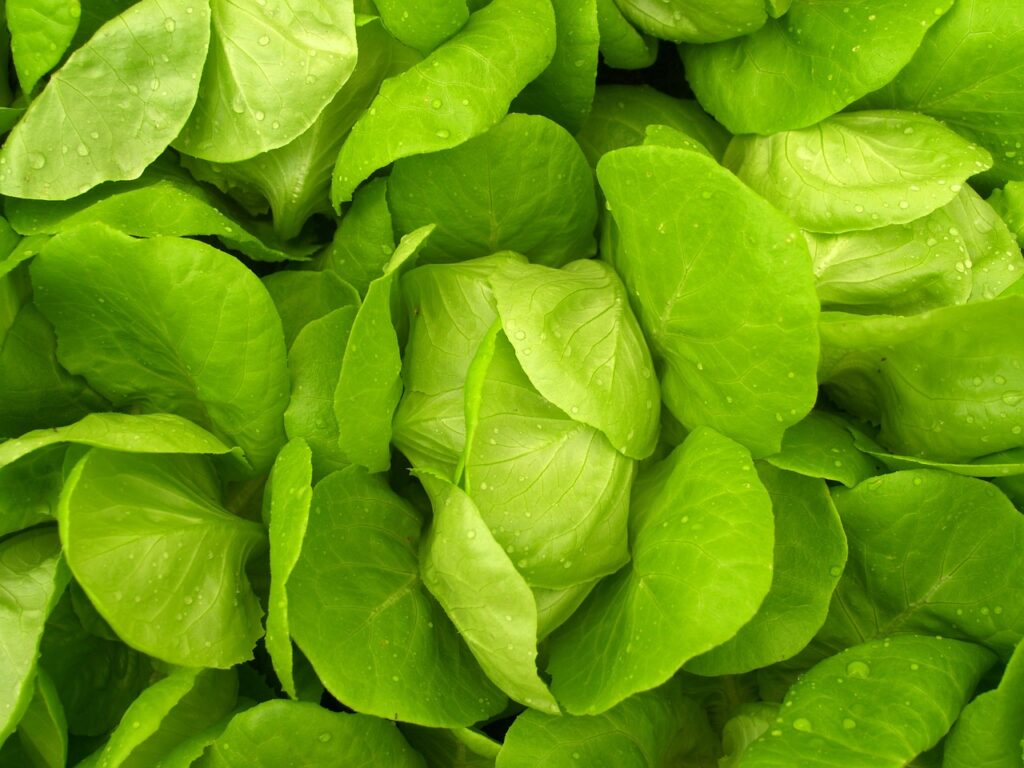Are you interested in gardening but don’t have the space or resources for a traditional soil-based garden? Look no further than hydroponic gardening! With hydroponics, you can grow plants without soil, using a nutrient-rich water solution instead. This innovative gardening method has gained popularity in recent years, thanks to its numerous benefits.
In this article, we will explore the basics of hydroponic gardening and how you can get started.
First and foremost, hydroponic gardening offers several advantages over traditional gardening. It allows you to grow plants in a smaller space, making it perfect for urban dwellers or those with limited outdoor areas. Additionally, hydroponics uses less water and requires fewer pesticides, making it an eco-friendly choice.
To get started with hydroponics, you’ll need to understand the different types of hydroponic systems available. From nutrient film technique to deep water culture, each system has its own unique features and requirements. We’ll walk you through the various options, helping you choose the best one for your needs.
Next, we’ll discuss the importance of selecting the right plants for hydroponics. Some plants thrive in hydroponic environments, while others may struggle. We’ll provide you with a list of suitable plants and offer tips on how to ensure their success.
Once you’ve chosen your system and plants, it’s time to set up your hydroponic garden. We’ll guide you through the process, from selecting the appropriate containers to preparing the nutrient solution.
Finally, we’ll cover the maintenance and troubleshooting aspects of hydroponic gardening. Just like any garden, hydroponic systems require regular care to ensure healthy plant growth. We’ll provide you with tips on maintaining nutrient levels, preventing pest infestations, and solving common problems that may arise.
By the end of this article, you’ll have a solid understanding of the basics of hydroponic gardening and be ready to embark on your own hydroponic gardening journey. So, let’s dive in and discover the exciting world of soil-less gardening!
Benefits of Hydroponic Gardening
You’ll be amazed at the numerous benefits you’ll enjoy when you dive into the world of hydroponic gardening! With hydroponics, you can say goodbye to traditional soil-based gardening and hello to a more efficient and sustainable way of growing plants.
One of the biggest advantages is that hydroponic gardening requires less water compared to traditional methods. Since the plants are grown in a nutrient-rich water solution, water is recirculated and reused, reducing water waste significantly.
Additionally, hydroponics allows for precise control over nutrient levels, pH balance, and lighting conditions, resulting in faster growth and higher yields.
Another benefit is that hydroponic gardening eliminates the need for weeding and soil-borne pests, making it a cleaner and more hassle-free gardening method.
Get ready to experience a whole new level of gardening success with hydroponics!
Types of Hydroponic Systems
There are various types of hydroponic systems that you can utilize for growing plants. One commonly used system is the nutrient film technique (NFT) system, which involves a shallow stream of nutrient-rich water flowing over the roots of the plants.
Another popular option is the deep water culture (DWC) system, where the plants are suspended in water with their roots submerged.
The ebb and flow system, also known as the flood and drain system, alternates between flooding the roots with nutrient solution and allowing the excess to drain away.
Additionally, there is the aeroponic system, which relies on misting the roots with a nutrient solution.
Each type of system has its own advantages and disadvantages, so it’s important to choose the one that suits your needs and preferences.
Choosing the Right Plants for Hydroponics
To create a thriving hydroponic garden, it’s crucial to select plants that will make your heart skip a beat with their vibrant colors and incredible yields.
When choosing plants for hydroponics, consider their size, growth rate, and nutrient requirements. Compact plants like lettuce, herbs, and strawberries are great choices as they don’t take up much space and can be grown in small containers. Fast-growing plants such as spinach, kale, and radishes are ideal for those who want quick results. Additionally, choose plants that have low nutrient requirements to ensure the success of your hydroponic system. Examples include peppers, tomatoes, and cucumbers.
Remember to choose plants that you enjoy eating or appreciate for their ornamental value. With the right selection, your hydroponic garden will flourish with bountiful harvests and visually stunning plants.
Setting Up a Hydroponic Garden
Get ready to dive into the exciting world of hydroponics by setting up your own garden.
The first step is to choose a suitable location for your hydroponic system. Look for a spot that receives plenty of natural light, as this is crucial for the plants’ growth.
Next, you’ll need to assemble the necessary equipment, such as a reservoir, a pump, and grow trays. Connect everything properly and ensure that the water circulates effectively.
Then, mix the nutrient solution according to the specific requirements of your chosen plants. Fill the grow trays with the solution and place the plants in their respective slots.
Finally, set up a timer to regulate the lighting and watering cycles. With these steps completed, you’re on your way to enjoying the benefits of hydroponic gardening!
Maintaining and Troubleshooting Your Hydroponic System
Once you’ve set up your hydroponic garden, it’s essential to regularly maintain and troubleshoot your system to ensure optimal plant growth.
Start by checking the nutrient solution levels daily and adjusting them as needed.

Monitor the pH levels regularly and make sure they remain within the appropriate range for your plants.
Inspect the roots for any signs of rot or disease and remove any affected plants immediately.
Clean the reservoir and replace the nutrient solution every two weeks to prevent the buildup of algae or bacteria.
Regularly check the water temperature and use a chiller or heater if necessary to maintain the ideal temperature range.
Lastly, troubleshoot any issues that arise, such as clogged drip lines or malfunctioning pumps, to keep your hydroponic system running smoothly.
Conclusion
In conclusion, hydroponic gardening offers numerous benefits, such as increased plant growth and reduced water usage. By understanding the different types of hydroponic systems and choosing the right plants, you can create a thriving garden.
Setting up a hydroponic garden may require some initial effort, but with proper maintenance and troubleshooting, you can enjoy a successful and sustainable system.
So go ahead, give hydroponic gardening a try and reap the rewards of fresh, homegrown produce all year round!





